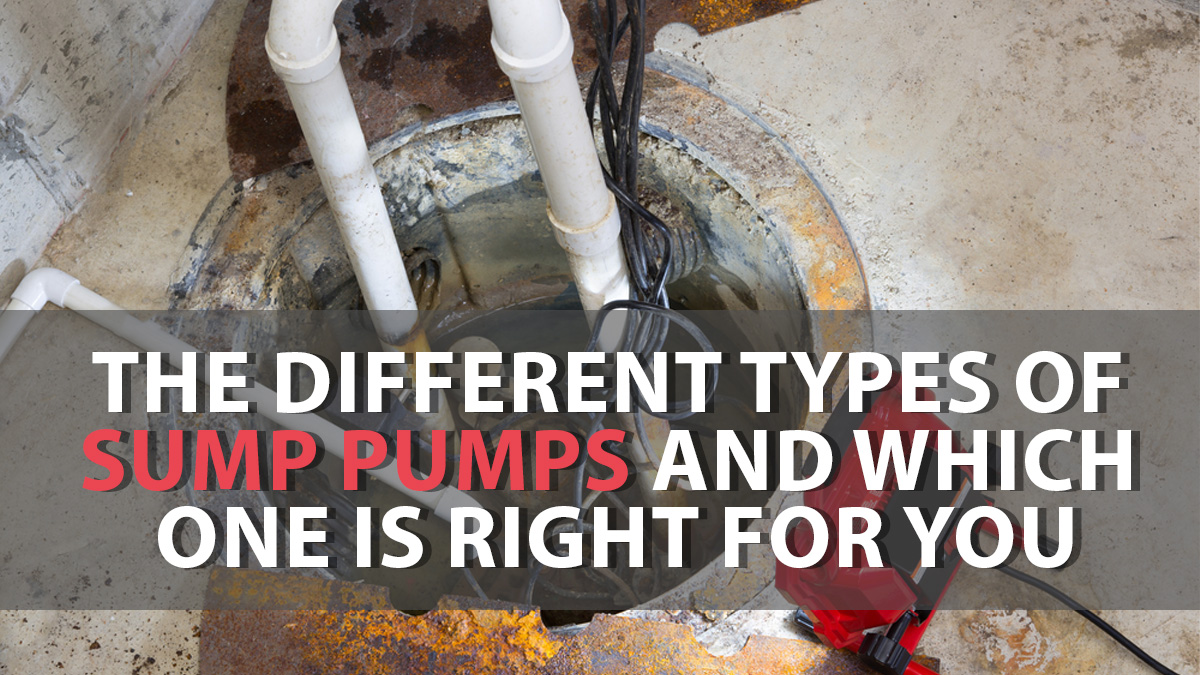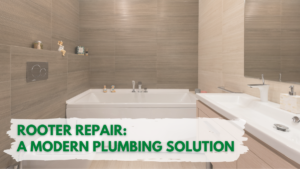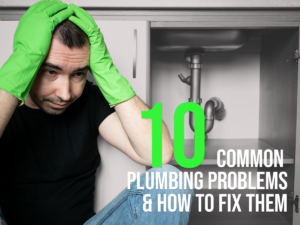The Different Types of Sump Pumps and Which One is Right for You
Sump pumps are essential for any homeowner who wants to keep their basement or crawlspace dry and free from water damage. These devices remove excess water from the sump pit and pump it outside your home. Installing a sump pump can save you from costly repairs due to water damage, mold growth, and other issues. Alabama plumbing company offers these types of sump pumps that would suit your needs.
Here are the two main types of sump pumps are available:
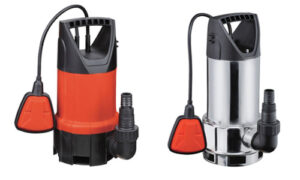
1. Submersible Sump Pumps
Manufacturers design submersible sump pumps to be placed underwater in the sump pit. They are more potent than pedestal pumps and can handle larger volumes of water. These pumps are typically more expensive than pedestal pumps but are more durable and longer lasting.
-
Features
Manufacturers typically design submersible sump pumps with a waterproof motor and impeller, which can handle larger volumes of water than pedestal pumps. Due to their submersion in water, submersible pumps are additionally quieter than pedestal pumps.
-
Advantages
Submersible sump pumps are more powerful and can handle larger volumes of water, making them ideal for areas with heavy rainfall or high water tables. They are also more durable than pedestal pumps and have a longer lifespan.
-
Disadvantages
Due to their underwater location and higher cost, submersible sump pumps are more challenging to maintain and repair than pedestal pumps.
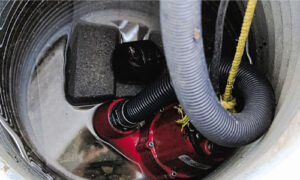
2. Pedestal Sump Pumps
Manufacturers design pedestal sump pumps with the motor above the sump pit and the impeller below the water level. These pumps are less expensive than submersible pumps but also less powerful.
-
Features
The manufacturer designs pedestal sump pumps with a motor positioned above the sump pit and an impeller below the water level. They are typically less expensive than submersible pumps.
-
Advantages
Pedestal sump pumps are less expensive than submersible pumps and are easier to access for maintenance or repair since the motor is above the water level.
-
Disadvantages
Pedestal sump pumps are less potent than submersible pumps and may not be suitable for areas with heavy rainfall or high water tables. They are also louder than submersible pumps since the motor is above the water level.
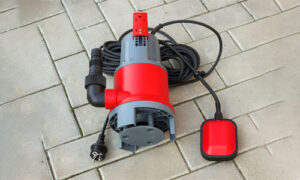
Factors to Consider in Choosing the Right Sump Pump
When choosing the right sump pump for your needs, there are several factors to consider, including water volume, pump capacity, budget, and durability.
-
Water Volume
The first factor to consider is the water volume in your basement or crawlspace. You’ll need to calculate the average and maximum water flow to determine which sump pump suits your needs.
-
-
Average water Flow
-
To calculate the average water flow, measure the amount of water that enters the sump pit over some time, such as 24 hours or a week. It will show how much water your sump pump needs to handle regularly.
-
-
Maximum Water Flow
-
To calculate the maximum water flow, you’ll need to consider worst-case scenarios, such as heavy rainfall or flooding. Your sump pump should be able to handle the total water flow to prevent water damage.
-
Pump Capacity
The pump capacity is another essential factor when choosing the right sump pump. The pump capacity refers to the amount of water a sump pump can handle in a given time. The amount of water that enters the sump pit, which determines the pump capacity, is influenced by the basement or crawl space size and the level of the nearby water table.
Matching the pump capacity with the water volume is crucial to ensure the pump can effectively remove water during heavy rainfall or flooding. If the pump’s power is sufficient, it may need help to keep up with the water flow, leading to basement or crawl space flooding.
-
Budget
Consider the cost of the pump and the maintenance costs when choosing a sump pump. The price of sump pumps can vary widely depending on the type and model, with some models costing more than others. Yet it’s important to remember that the cheapest option might only sometimes be the best. It may last only a short time or have enough capacity to handle heavy rainfall or flooding.
Additionally, it would be best if you considered maintenance costs. Some sump pumps may require more maintenance, leading to higher maintenance costs. It is crucial to factor in the total cost of ownership when choosing a sump pump to ensure it fits your budget and meets your needs.
-
Durability
The durability of a sump pump is also an essential consideration. A manufacturer builds a durable sump pump to withstand heavy use, which is important during heavy rainfall or flooding. The quality of materials used in the pump’s construction can affect its durability, so choosing a sump pump made of high-quality materials is essential.
Additionally, it is essential to consider the warranty that comes with the sump pump. A good contract can provide peace of mind and protect against potential defects or issues with the pump.

Don’t Take Your Sump Pump For Granted
In conclusion, choosing the right sump pump is essential for protecting your home from water damage. When selecting, homeowners must consider water volume, pump capacity, budget, and durability factors. There are various plumbing services in Birmingham, Al, where you can choose that fits your budget. Submersible and pedestal sump pumps have advantages and disadvantages, and homeowners should choose the best option.
Installing the sump pump in the proper location and ensuring regular maintenance is critical to ensuring the pump functions correctly. Homeowners should be familiar with common repair issues and troubleshooting tips to handle potential problems. Homeowners may protect their property from potential water damage by considering these considerations and choosing the appropriate sump pump.
